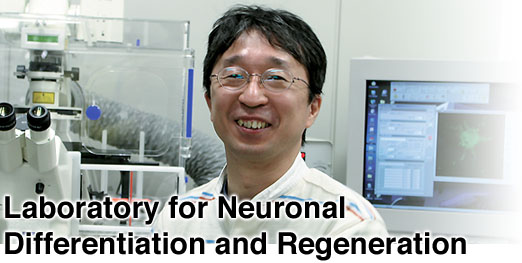





      |

The architecture of the neural system, which underlies much of the dynamism of animal life, is frequently described as complex, but closer examination reveals great beauty as well. The construction of this exquisite and elaborate structure involves the birth, growth and death of countless individual cells and is regulated by intercellular communication and cooperative activity.
Our laboratory is interested in questions fundamental to the development of the nervous system: determining the specific extracellular signals and cell autonomous routines that participate in the processes of neural development, and resolving the means by which diverse families of signaling molecules coordinate and interact at the molecular and cellular levels. To address these questions, we focus on a class of signaling molecules known as neurotrophic factors, most particularly, the GDNF Family Ligands (the GFLs). This family of neurotrophic factors includes four known members – GDNF (for Glial cell line Derived Neurotrophic Factor), Neurturin, Artemin and Persephin. The GFLs signal via receptor complexes formed by the RET receptor tyrosine kinase and one of four co-receptors, GRFα1-4. In vitro, these four receptors show differential affinities for specific GFLs, with GFRα1 showing the greatest ability to interact with the range of GFL family members. GFL signaling has been shown to affect neuronal growth and migration as well as axon guidance, and defects in this signaling system have been implicated in a number of congenital health problems.
Our efforts will focus on the analysis of the physiological roles of neurotrophic factors, which we hope will lead to an improved understanding of the molecular bases of neural development, differentiation and pathology, and ultimately to potential clinical applications in the treatment of nervous system trauma and disease.